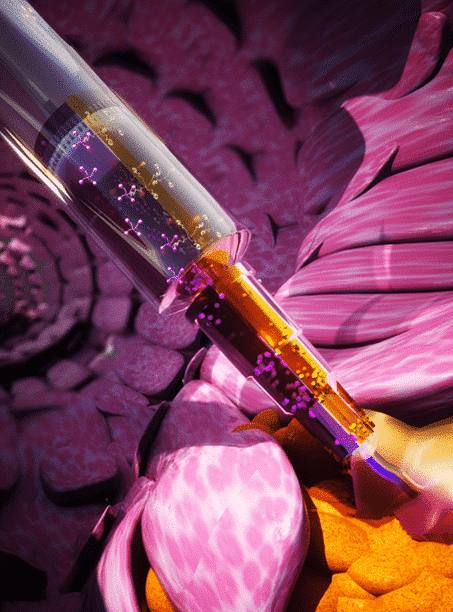
Liquid co-polymers as biodegradable surgical sealant
2Consultant in Toxicologic Pathology, Tel Aviv University, Israel
Surgical sealants are widely used to prevent seepage of fluids and liquids, promote hemostasis, and close incisions. Despite the remarkable progress the field of biomaterials has undergone, the clinical uses of surgical sealants are limited because of their short persistence time in vivo, toxicity, and high production costs. Here, we present the development of two complementary neat (solvent-free) prepolymers, four-armed polyethylene glycol-poly(lactic-co-glycolic acid)-N-hydroxysuccinimide (PEG4-PLGA-NHS) and four-armed polyethylene glycol-amine (PEG4-NH2), that harden upon mixing to yield an elastic biodegradable sealant. The mechanical and rheological properties and cross-linking rate can be controlled by varying the ratio between the two prepolymers. The tested sealants showed a longer persistence time compared with fibrin glue, minimal cytotoxicity in vitro and excellent biocompatibility in vivo. The neat, multi-armed approach demonstrated here improves the mechanical and biocompatibility properties and provides a promising tissue sealant solution for wound closure in future surgical procedures.

Powered by Eventact EMS